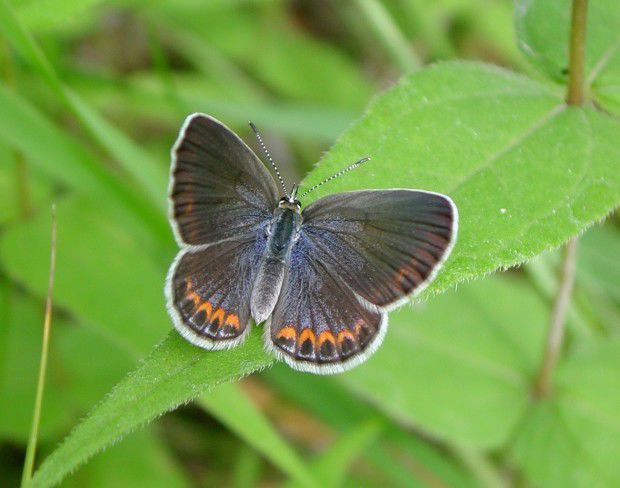PORTAGE — The changing climate is having an effect on the Region's ecosystem.
The Karner blue butterfly was the first fatality of the change, Katherine Powell, climate change ecologist with The Field Museum of Natural History, told the Northwestern Indiana Regional Planning Commission's Environmental Management Policy Committee on Thursday.
"The Karner blue was extirpated in 2012. Climate change dealt it a final blow," she said.
And, she said, there will be others unless humans help native species adapt.
Powell presented information on the draft Indiana Dunes Climate Change Adaptation Plan to the group. The plan was created through an advisory committee and climate science working group looking at the local stressors on local plants, animals, insects and other species that make up Indiana.
The plan, which should be finalized in March, is an outgrowth of the Indiana Dunes Ecosystem Alliance.
Through their studies, she said, they have found spring is coming earlier each year to the Region, temperatures are rising and the climate is getting wetter.
A model by the Purdue Climate Change Research Center in West Lafayette forecasts, by 2050, the full growing seasons will expand by one month; there will be 33 to 45 more days with temperatures above 90 degrees; an increase in precipitation between 14 percent and 22 percent; and 24 days to 36 days less snow cover.
This causes a life cycle mismatch, affecting the life cycle triggers of birds, insects and vegetation, Powell said, adding that the interruption in the life cycles of native species will boost the growth of invasive species in the Indiana dunes.
Making it more difficult, she said, is the fragmentation of the protected habitat in the Region and the distance between protected ecological areas.
The plan also looks at adaptation strategies, including more targeted land management to help move habitats forward in the future, improving connections and decreasing fragmentation and changing how fire is used as a management tool.

